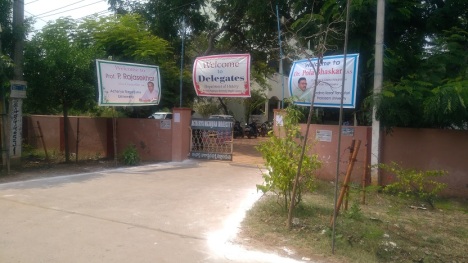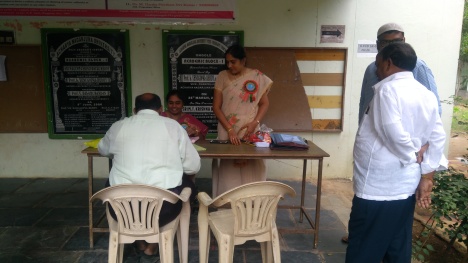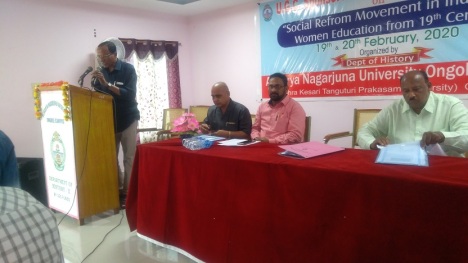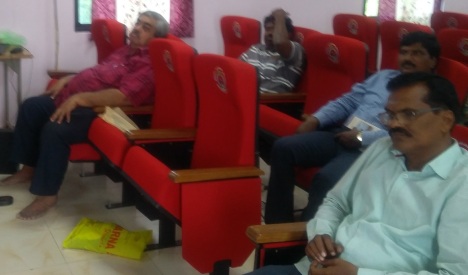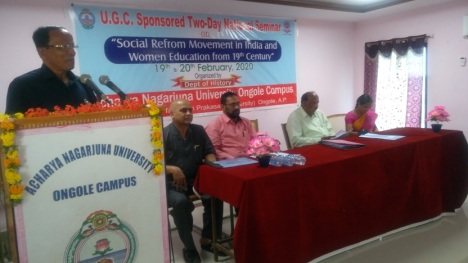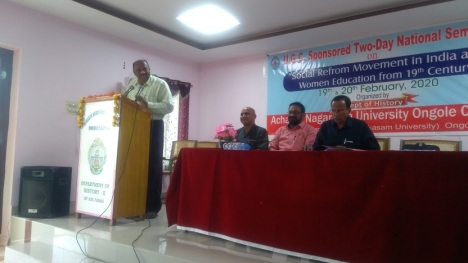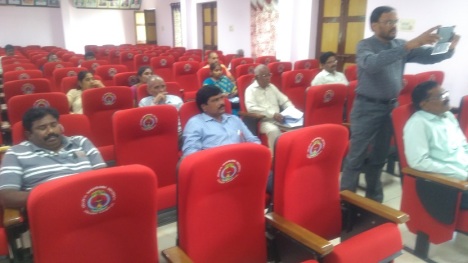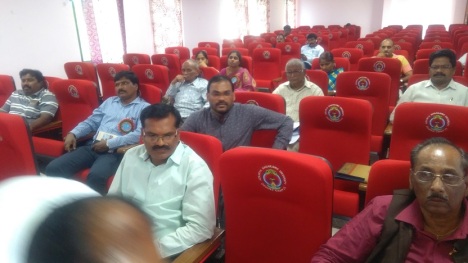Social Reform Movement In India and Women Education from 19th Century – UGC seminar held at the Ongole campus of the Sri Acharya Nagarjuna University [3]
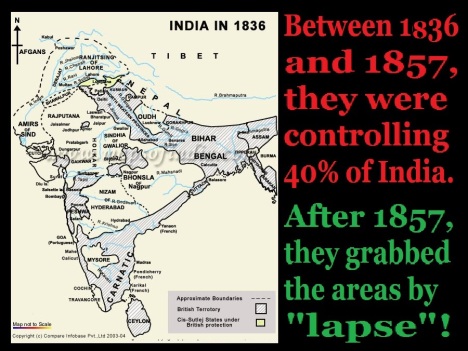
Historians and Researchers may have to fix their writings in time and space: Indians are very often told and informed through writings that, “The position of women during the period was undoubtedly low, inferior and subordinate to men in patriarchal social system. Their life was miserable because of social customs like ‘purdah’, child marriage, ‘sati’, ban on widow remarriage, their confinement to household activities, their recognition as the producers of progeny particularly sons, denial of education to them etc”. These lines are repeated again and again as established theory, without giving details, but, quoting verbatim from others[1]. And these are repeated in M.Phil and Ph.d theses, books routinely and carried on and away for the last decades. So –
- Indian women were dying on the pyre, whenever their husbands died.
- Indian women were put behind “purdha,” i.e., they were not coming out of their houses.
- They were married away, when they were children.
- They were not sent to schools and educated.
- They were inferior to men, as patriarchal system was followed.
If all these were happening, every year, the Indian women population must have been reduced considerably. Indian men must have been searching and running after non-Indian, foreign women. Then, within a considerable period, due to miscegenation, the entire Indian population must have been changed. But nothing happened.
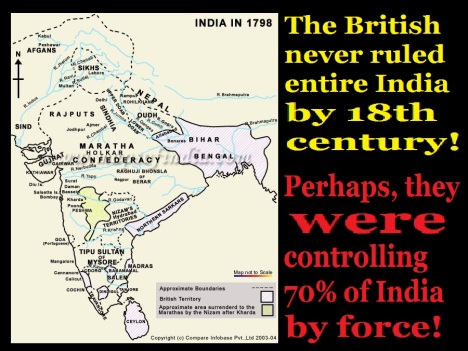
- The Indian society continued with increasing population.
- This implies that there were gynaecologist-type doctors and well-experienced mid-wives were there to take care of pregnant women and deliveries.
- Born babies were taken care of and children grown up with care.
- For the increasing population, they were having food, dress and housing in spite of intrusions, invasions and other disturbances by the Mughals, Mongol, Afgan, European and other forces.
- Had they been illiterates how then they could be experts in such medical fields.
- More textile goods were manufactured and exported till 21st century to European and American countries.
- In 19th century, many women took arms, marched with cavalry and fought with the British forces, even defeating them.
- How then, they were given such training of using arms, raiding horses, fighting with males, that too, on battle-fields?
- In fairs, religious tours / pilgrims, lakhs of women with children were fund, how they could have come out?
In this way, many questions can be raised, as they have been logical, scientific and factual also. How then the learned historians, researchers and others could not understand, realize and noted these points.
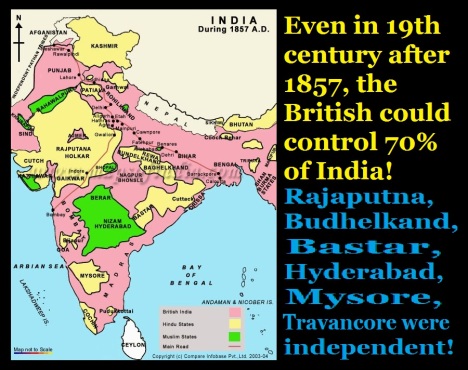
- Bengal was not India, i.e., the issues and problems of Bengal were not applicable to other parts of India.
- Afganistan, Burma, Nepal, Punjab, Rajaputna, Hyderabad, Mysore, Tanjore, Travancore and other states were independent by 19th
- After 1857 only 19th century, 50% of India was brought under the British Rule.
- After the application of “Doctrine of lapse” and kidnapping or forceful taking away of sons of native kings, the British brutally brought other states under their control.
- The French [Pondicherry, Mahe, Yanam etc.,] and Portuguese [Goa] were still keeping some parts of India under their control.
- In spite of all these atrocities, cruelties and brutalities, they could rule 70% of India by the end of 19th
Thus, the Acts and Rules of them were not applicable to others. Therefore, any research or historical results by any means cannot be applicable to all parts of India.
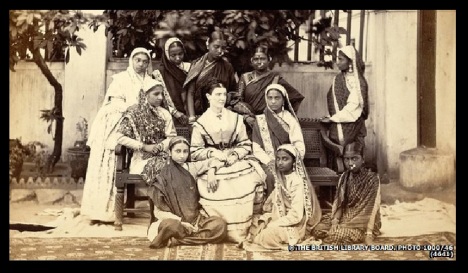
The British women and Indian women should be compared to know the position of the period 1757-1947: Women were burned alive till 18th century officially in England and continued in 19th century also. Some reports have recorded that even in 19th century such women were punished. On 9 May 1726, Catherine Hayes was chained to a stake near Tyburn gallows. She was burned alive – the executioner let go of the rope (which would have strangled her) before the flames had reached her. Hayes was one of the last women ever to be burned at Tyburn. Catherine Murphy, who at her execution in 1789 was “dresst in a clean striped gown, a white ribbon, and a black ribbon round her cap“, was the last woman in England to be burned and in 1790, it was banned. Although burning was not a common punishment by this time, at least 33 women were burned alive between 1735 and 1789. They were:
| Name | Date | Place | Crime |
| Margaret Onion | 08/08/1735 | Chelmsford | Murdered husband |
| Mary Fawson | 08/08/1735 | Northampton | Murdered husband |
| Ann Mudd | 25/06/1737 | Tyburn | Murdered husband |
| Mary Bird | 01/07/1737 | Ely | Murdered husband |
| Mary Groke or Troke (age 16) | 18/03/1738 | Winchester | Murdered mistress |
| Ann Goodson | 12/04/1738 | Guildford | Murdered husband |
| Susannah Broom (age 67) | 21/12/1739 | Tyburn | Murdered husband |
| Elizabeth Moreton (or Owen) | 10/08/1744 | Evesham | Murdered husband |
| Mary Johnson | ?/04/1747 | Lincoln | Murdered husband |
| Amy Hutchinson | 07/11/1749 | Ely | Murdered husband |
| Elizabeth Packard | ?/?/1750 | Exeter | Murdered husband |
| Ann Whale (age 21) | 08/08/1752 | Horsham | Murdered husband |
| Ann Williams | 13/04/1753 | Over, near Gloucester | Murdered husband |
| Susannah Bruford (age 19) | 03/09/1753 | Wells (Somerset) | Murdered husband |
| Mary Ellah | 28/03/1757 | York | Murdered husband |
| Alice Davis | 31/03/1758 | Tyburn | Coining (High Treason) |
| Margaret Bedingfield | 08/04/1763 | Ipswich | Murdered husband |
| Mary Heald | 23/04/1763 | Chester | Murdered husband |
| Mary Saunders | 21/03/1764 | Monmouth | Murdered mistress |
| Mary Norwood (age 33) | 08/05/1765 | Ilchester (Somerset) | Murdered husband |
| Ann Sowerby | 10/08/1767 | York | Murdered husband |
| Susannah Lott | 21/07/1769 | Maidstone | Murdered husband |
| Mary Hilton (or Hulton) | 06/04/1772 | Lancaster | Murdered husband |
| Elizabeth Herring | 13/09/1773 | Tyburn | Murdered husband |
| Margaret Ryan | 18/03/1776 | Maidstone | Murdered husband |
| Elizabeth Bordingham | 30/03/1776 | York | Murdered husband |
| Ann Cruttenden (age 80) | 08/08/1776 | Horsham | Murdered husband |
| Isabella Condon | 27/10/1779 | Tyburn | Coining (High Treason) |
| Rebecca Downing | 29/06/1782 | Exeter | Murdered mistress |
| Mary Bailey | 08/03/1784 | Winchester | Murdered husband |
| Phoebe Harris | 21/06/1786 | Newgate | Coining (High Treason) |
| Margaret Sullivan | 25/06/1788 | Newgate | Coining (High Treason) |
| Catherine Murphy | 18/03/1789 | Newgate | Coining (High Treason) |
In England, burning was a legal punishment inflicted on women found guilty of high treason[2] [unfaithful husband mainly], petty treason[3] and heresy[4]. Over a period of several centuries, female convicts were publicly burnt at the stake, sometimes alive, for a range of activities including coining [counterfeiting] and mariticide[5]. So when they were burning their women in this way, how they could preach to Indians and disparage them as barbarians, uncivilized, patriarchal and so on.

A Long Time Burning: The History of Literary Censorship in England: It has been the title of a book giving details about the censorship in England. Indians need not think that England was / is free for freedom of expression / thought etc.
Literary censorship in England from the introduction of printing in 1476 to the present is the subject of this book[6]. Topics discussed include –
(1) the development of prepublication censorship from 1476 to 1695;
(2) political censorship generated by fear of enemies at home and abroad: 1695-1760;
(3) religious and political censorship in the early 18th century;
(4) influences of Societies for the Reformation of Manners on the enforcement of laws against obscene literature, beginning in 1692;
(5) liberty versus licentiousness: 1760-1792;
(6) struggles against political censorship after 1792, with greater freedoms of speech and the press evident by 1832;
(7) expurgation in the 19th century fostered especially by Thomas Bowdler and various organizations working against freedom of the press;
(8) Victorian mistranslations, expurgations, and moral censorship exercised chiefly by booksellers, libraries, publishers, and editors; and
(9) the relaxed moral censorship in the 20th century which nevertheless continues to exercise its own form of censorship–on racism, pornography, the emancipation of women. A 200-page appendix contains extracts from little-known publications banned during the past 500 years. Therefore, they should not teach Indians about all these topics.
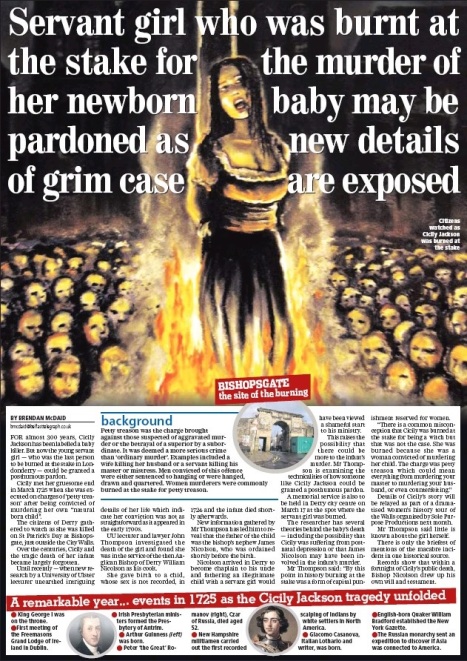
India was different for political, social, religious and ideological purposes and interpretation: The views of the ideologists could be identified very easily, as they contradict many times in their speeches and writings. They talk about Vedic India, Hindu India, Hellenistic India, Moghul India, Colonial India, French India, British India and so on. From 17th to 20th centuries, they could deal with many “Indias”, yet, they say that there was no “India” as such, till it was made later. However, coming to “invading / conquering / ruling of India,” everybody claimed that he invaded / conquered / ruled India. Incidentally, the other people wanted to discover and come to India, as milk and honey were flowing on the roads, i.e, India was so fertile, bountiful, and rich in all aspects. Columbus without coming to India, discovered “India” exactly in the opposite direction. In other words, the people who lived in the opposite direction, looked like “Indians” for the learned Columbus and he was informed accordingly by the most-learned other experts. Anyway, India was discovered, the routes were also found and the Arabs and the Europeans came. They came as traders, merchants, brokers of goods, but, slowly started setting up factories with Indian experts and workers. Then, they colonized the areas, looted and brought under control with mercenaries [private armies, armed forces]. The British India slowly enlarged from 1757 to 1857 and disappeared in 1947. Yet, the “histories” written by them, and that followed by the Indian counterparts followed a pattern forgetting the basics, fundaments and rudiments of logic. Thus, they forget “Indias” existing, when they talk about “British India” and when they quote the documents of the “British India,” they forget the documents of “other Indias.” Audi Alteram Partem (Hear the other Side) or “let the other side be heard as well” has been the legal dictum. Here, are they listening to other side i.e, getting documents of the other side? When Indians, Hindus specifically accused of for all social evils of “India” [what India, they have to tell], how such evils came up? How that they could continue for the last 5000 years in spite so many non-Hindu reformers, non-Vedic warriors and rulers continuously ruled for 1300 years?
© K. V. Ramakrishna Rao
23-02-2020
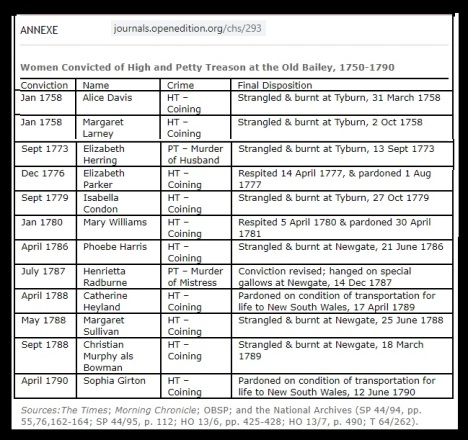
[1] See, Mahesh Chundra Deb, “A Sketch of the Conditions of the Hindoo women” (1839),
Goutam Chattopadhya ed., Awakening in the early Nineteenth Century, Progressive Publishers, Calcutta,1965), PP. 89- 105;
Neera Desai, Women in Modern India, 2nd edn, Vara and Co., Bombay 1967;
Partha Chatterjee, “The Nationalist Resolution of the women’s question,” in Recasting Women, , PP.238 – 39.
[2] Under the law of the United Kingdom, high treason is the crime of disloyalty to the Crown. Offences constituting high treason include plotting the murder of the sovereign; committing adultery with the sovereign’s consort, with the sovereign’s eldest unmarried daughter, or with the wife of the heir to the throne; levying war against the sovereign and adhering to the sovereign’s enemies, giving them aid or comfort; and attempting to undermine the lawfully established line of succession
[3] Petty treason or petit treason was an offence under the common law of England which involved the betrayal (including murder) of a superior by a subordinate. It differed from the better-known high treason in that high treason can only be committed against the Sovereign. In England and Wales, petty treason ceased to be a distinct offence from murder by virtue of the Offences against the Person Act 1828.
[4] Heresy is any belief or theory that is strongly at variance with established beliefs or customs, in particular the accepted beliefs of a church or religious organization. A heretic is a proponent of such claims or beliefs.[1] Heresy is distinct from both apostasy, which is the explicit renunciation of one’s religion, principles or cause,[2] and blasphemy, which is an impious utterance or action concerning God or sacred things
[5] Mariticide literally means killing of one’s husband or boyfriend. It can refer to the act itself or the person who carries it out. Used in current common law terminology as gender-neutral for either spouse or significant other of either sex. The killing of a wife is called uxoricide.
[6] Thomas, Donald, A Long Time Burning: The History of Literary Censorship in England, Frederick A. Praeger, Inc., 111 Fourth Avenue, New York, New York 10003, 1969.https://eric.ed.gov/?id=ED039231
Filed under: Acharya, ambedkar, andhra, anti-brahman, anti-brahmin, anti-hindu, anti-india, anti-indian, anti-vedic, Bengali, censor, censorship, child marriage, Christian Missionaries, colonial, colony, dalit, dalit christian, dalit hindu, female, female infanticide, female-worker, feminist, gender, Hindu, Hindu religion, Hinduism, historicity, historiography, history, K. V. Ramakrishna Rao, myth, myth promoted, nation building, nation-state, nationalism, nationality, purdah, Ramakrishna Rao, Role of Christian Missionaries, Role of Reformers, zenana | Tagged: british, burning widow, child marriage, colonial, colonial press, colonial rule, colonialism, colony, dalit, dalit christian, dalit hindu, purdah, reformation movement, Revering Womanhood, Role of Reformers, sati, social refomation, social reform, Social Reform Movement, Social Reform Movement In India, Status of women Education, Uplift of women, widow, widow remarriage, woman, woman right, women, women education | Leave a comment »


